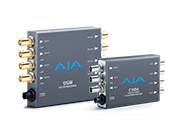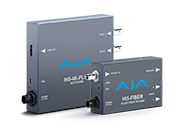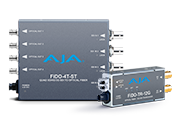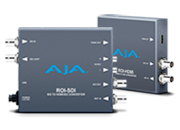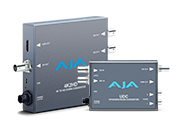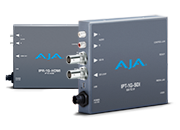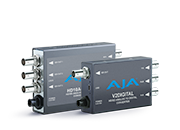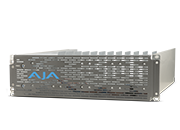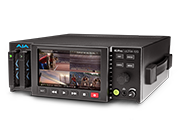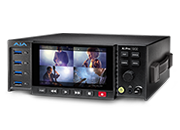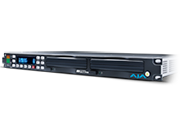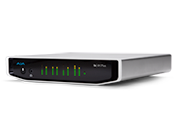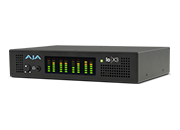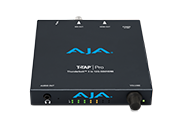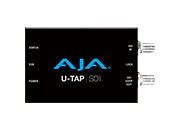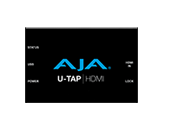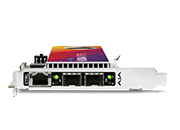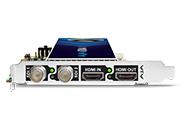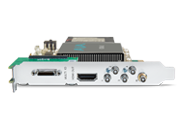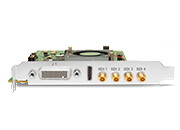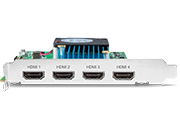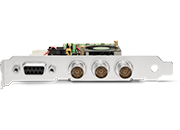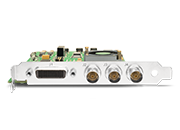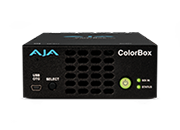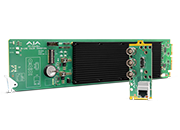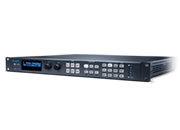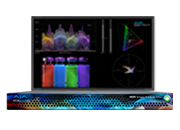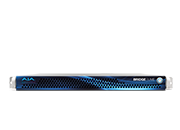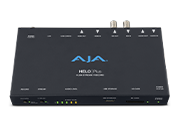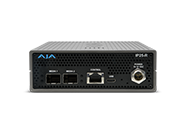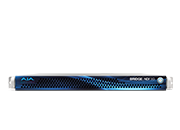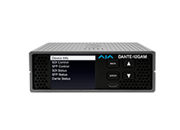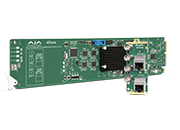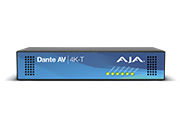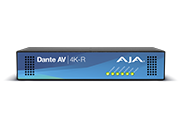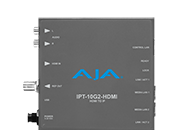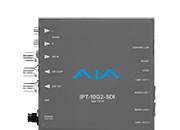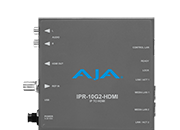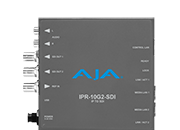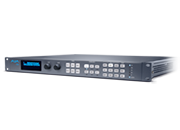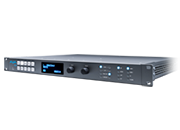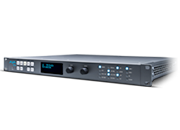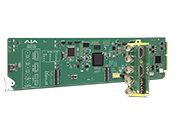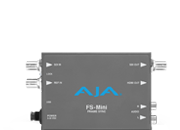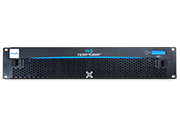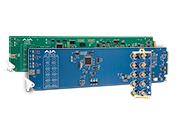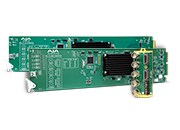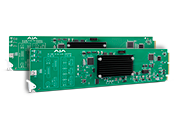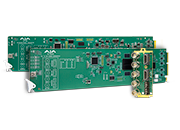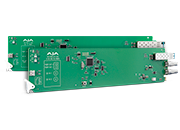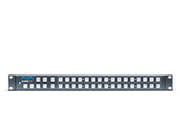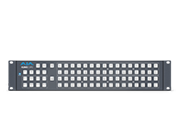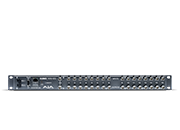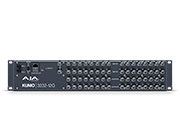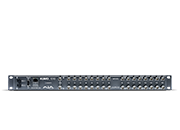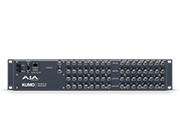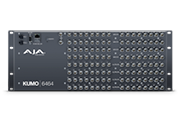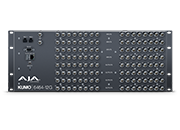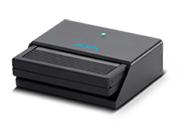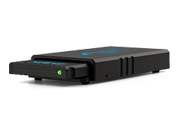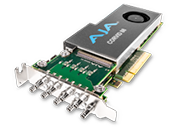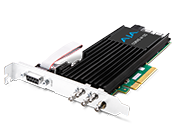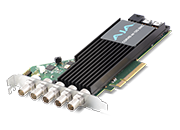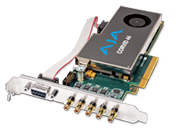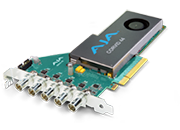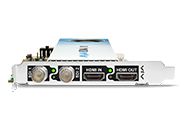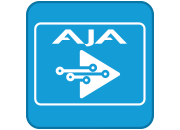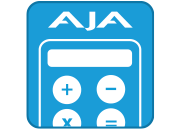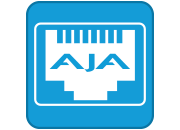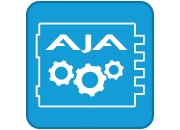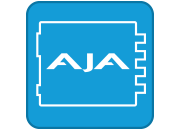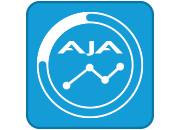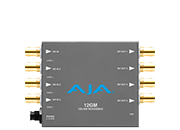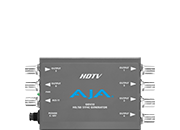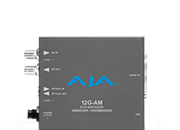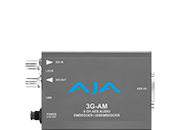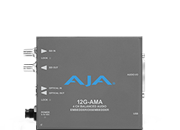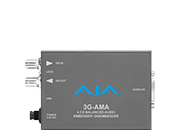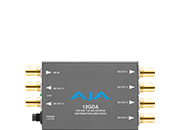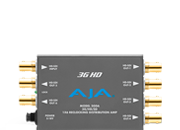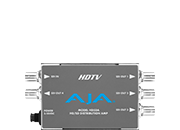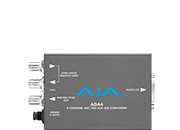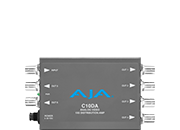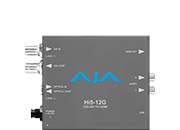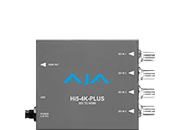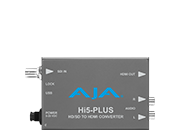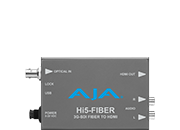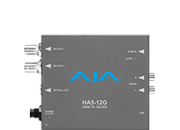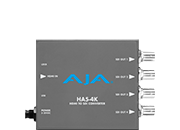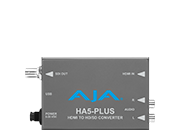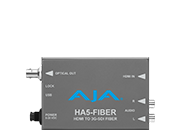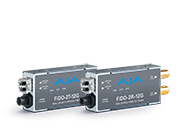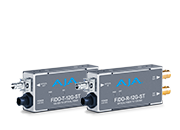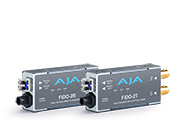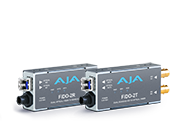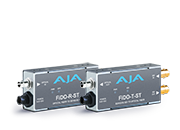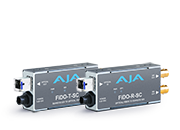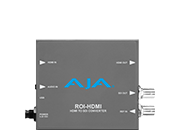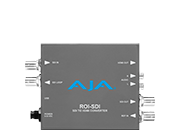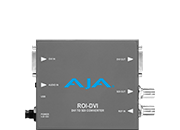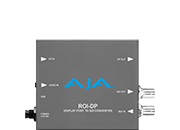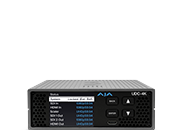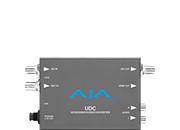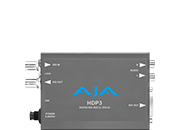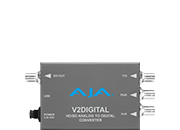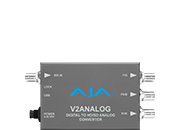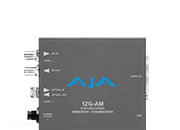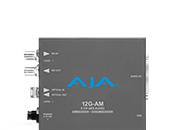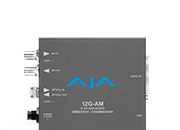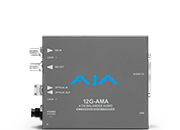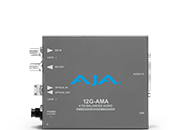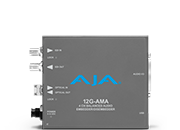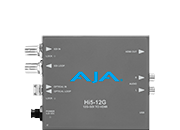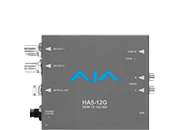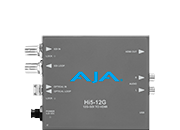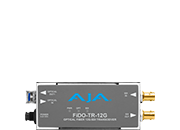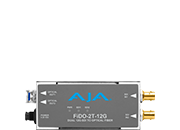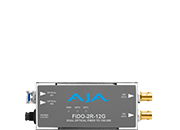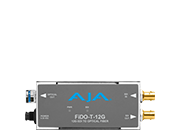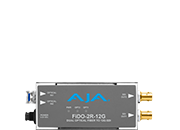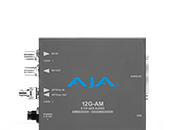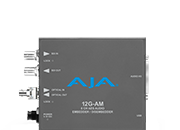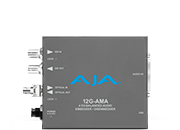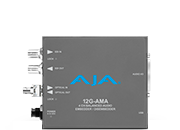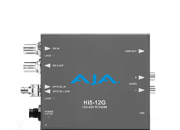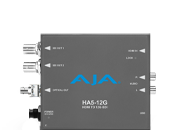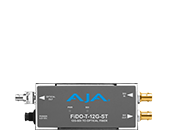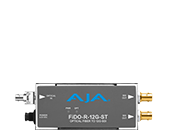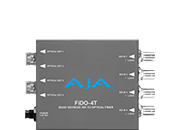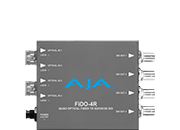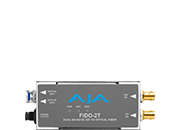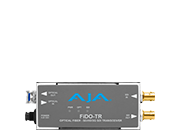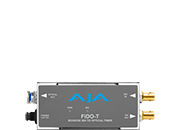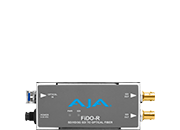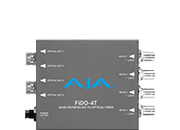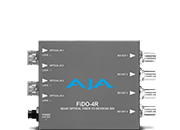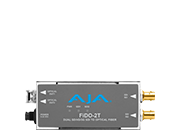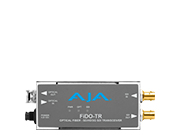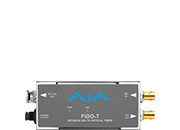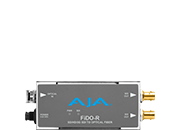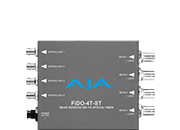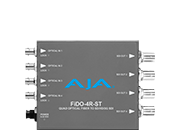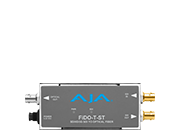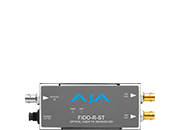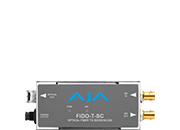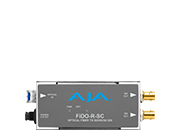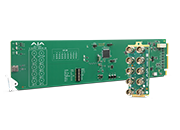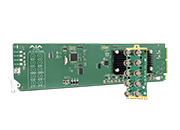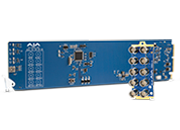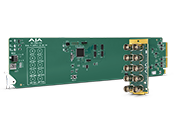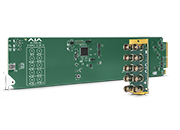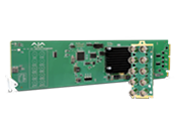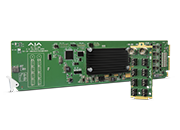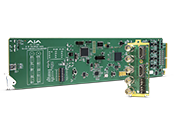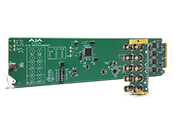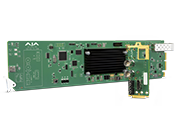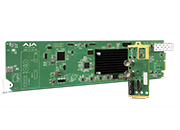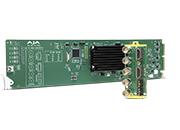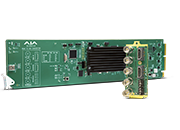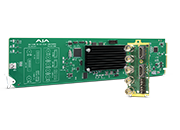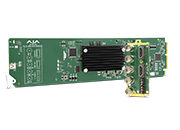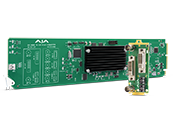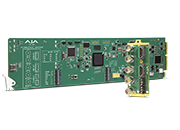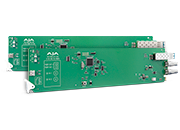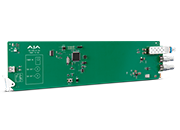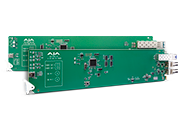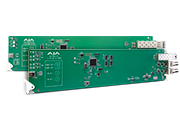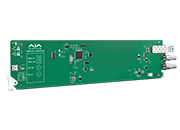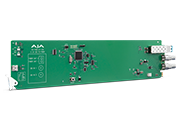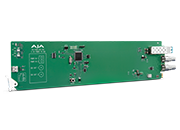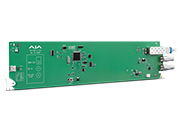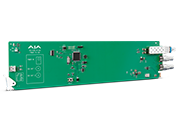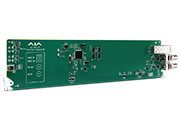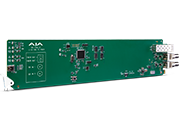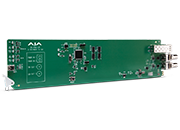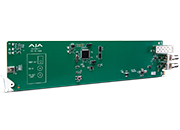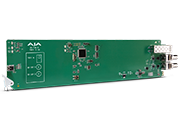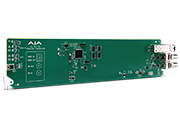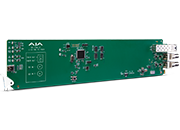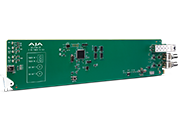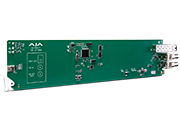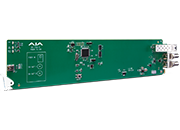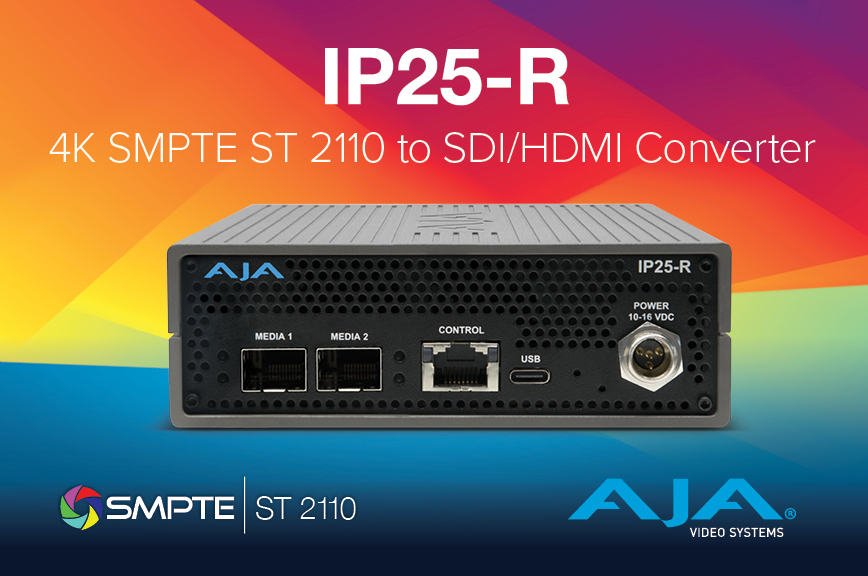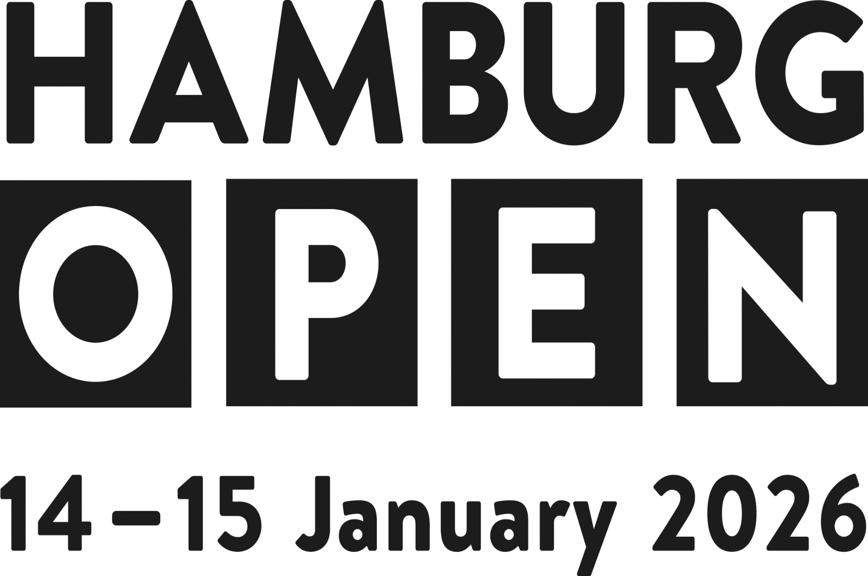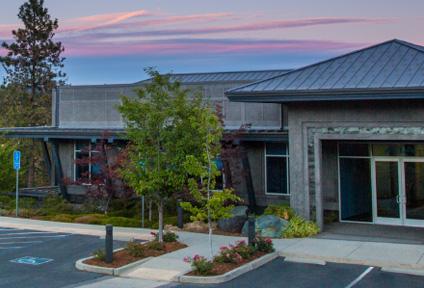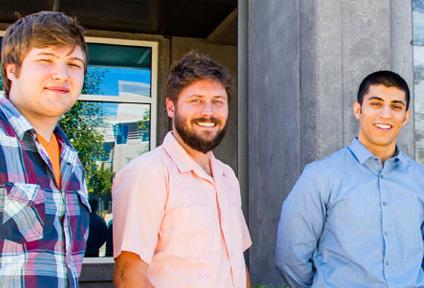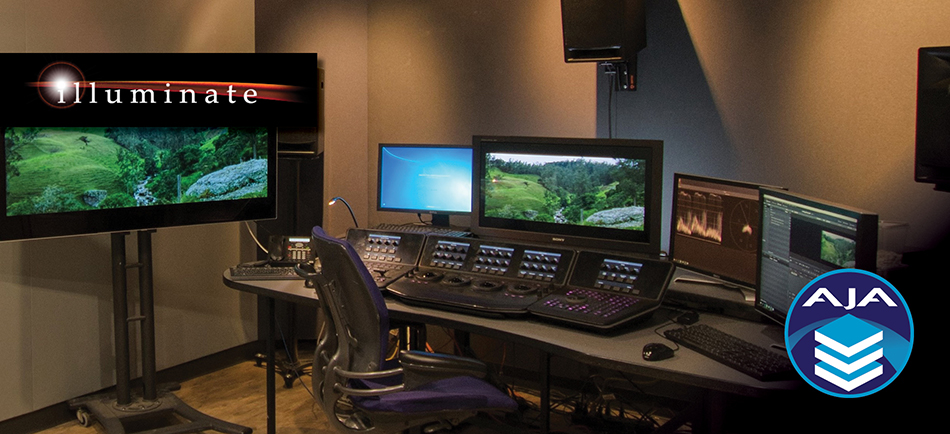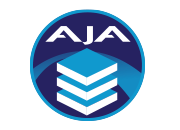Illuminate Hollywood on Managing Modern Data Loads
March 28, 2024
Illuminate Hollywood’s project portfolio is as rich as its history, with the company having provided production, post, and technology services to major Hollywood studios, TV networks, digital platforms, and indie producers and distributors for nearly three decades. Its team’s film scanning, editorial, color correction, DI, and audio conform and layback talents have played a major role in shaping TV and feature film productions spanning “Sons of Anarchy” to “Gone Girl.” In a recent sit-down with CEO Jim Hardy and President Sandy Crawford, the two explained how the company’s technology-first ethos and commitment to exceptional client service have contributed to its success. This includes adopting new technologies, like AJA Diskover Media Edition data curation and management software, to manage an ever-increasing volume of data as production and post pipelines have evolved.

What is Illuminate Hollywood all about?
Sandy: We're a boutique production and post shop that’s been in business since 1995, and we work with major studios, TV networks, digital platforms, independent producers, and distributors. Our team does film scanning, editorial, color correction, digital intermediate, 2K/4K distribution, and audio conforms and laybacks.
Jim: We’re a full-service facility with the resources to do VFX, but our primary focus is on servicing the studios and independent distributors, and content remastering and restoration.
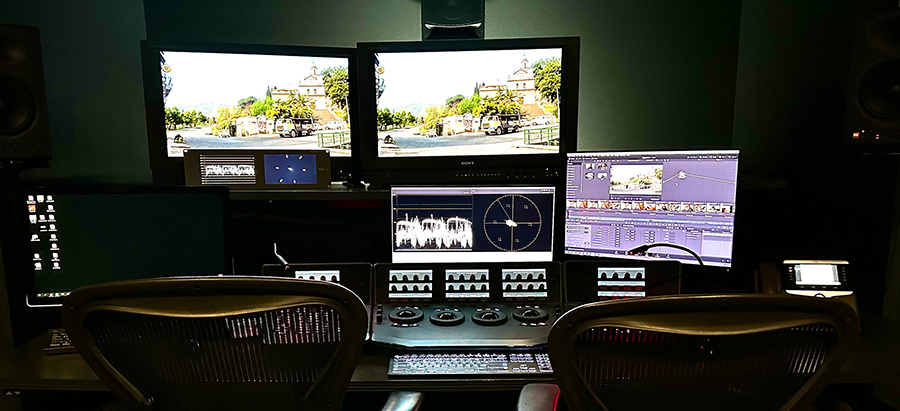
Tell us more about your roles.
Sandy: I’ve been with Illuminate for 29 years in many roles, and became president in 2017. Today, I largely oversee operations and focus on working with the engineering teams to ensure we can accomplish what we've set out to do, figuring out the best new technologies to adopt, interfacing with clients and employees, new business development, and a lot more.
Jim: I'm the CEO, but I do a lot of the same work as Sandy. It takes a lot to run an operation and you need good people with you to help make decisions and evaluate things. Sandy is a great barometer to work with. We always come up with a pretty good solution to solve our problems, and that's important to keeping a company in a good harmonious, positive perspective.
Describe the company culture.
Sandy: We're a small company, competing in the major leagues against organizations with massive technological and staffing backbones, so we try to stand out from our competitors in other ways. We’re all about innovating to become the best technological company we can be and providing top-notch service, which helps set us apart. Clients know that if they encounter a problem, we’ll go to bat for them and do everything in our power to solve it.
Jim: We're a technology-first company, which has led us to develop some cool proprietary technology that gives us an edge over other vendors. We work with a team of 40-50, but scale that up depending upon the project load. All our work is done here, and we don’t subcontract outside of the US, which is key to maintaining quality control.
Given all the projects you’re juggling, how much data are you working with and where are you storing it?
Sandy: It ebbs and flows, but we’re managing petabytes of project data, especially because we do a lot of remastering television shows from uncut negatives. To do it, we use our proprietary solution iConform®. It lets us take uncut dailies negatives and scan them in 4K 16-bit DPX files across multiple projects. It’s part of the reason we’re working with so much data.
Jim: To add to Sandy’s point, we have to replicate exactly what was done with the original broadcast master, so there's no cutting corners for us. Assuming our client has all the physical film assets they've shot, we must use them to ensure we have the correct shot for these types of shows. The volume of work that we go through on a weekly basis to meet the deadlines is enormously impressive. It goes through 12 different departments from film scanning to color correction and final creation of the master file that's going to be reused for all the platforms. We’re very proud of our tech and how it helps us produce six 60-minute shows a week.
Do you develop any other tools in house?
Jim: Yes. We’ve also built SmartREzIT+™, which is a solution that combines proprietary software and techniques with other third-party software to upres SD masters to HD, 2K and 4K. It extracts more detail and resolution than traditional methods, which makes for truly superior image quality with little to no artifacts. We built it while working on older TV shows shot on uncut film negative. We knew we might encounter missing film, which meant we needed a process to replicate, not replace, the quality to where the viewer isn’t jarred by it. Unlike traditional real-time standards conversion solutions, ours is not done in real-time, which helps ensure an end-result that looks as if the image originated in HD, 2K, or 4K.
How do you keep projects on track?
Jim: Managing such a massive load of data stored across our Aberdeen and XStor storage systems requires well organized files and data, and an easy way to access them, which is where we’ve started to lean on Diskover Media Edition. While we previously managed, the reality is that the software makes our work so much easier and efficient. We couldn’t pass it up.
Tell us more about how you’re using Diskover.
Sandy: Our team all uses Diskover in different ways. Data operators love using it to gauge how many files our facility has across all our volumes and servers; they can also just type a keyword into the search, and all the info is available right there. On the administrative side, Jim and I use it to get a current view into the data, so if a client calls us to ask what we have in house for a file or title, we can pull it up, versus having to check with operations first. We can also tag files if we know the client no longer needs them, which makes it easy to get rid of them.
Our schedulers use Diskover as well; if there's a rejection on a QC report, instead of having to go down the street or into the facility to review the file, they can look at it from their desk. They can send clients more information because they're actually seeing the issue. They're also able to easily put in work orders if they need the operator to work from a specific file; the file path is more accessible. And, they can easily confirm the file and aspect ratios we have, as long as they’re properly identified, which saves them a lot of time. Without it, our team would have to search through volumes of data and could easily get lost.
One of my favorite features is the CineSys CineViewer Player Plug-in, which lets us review any rejected or questionable files our QC operator flags from our desk. If the operator tells us that there's an issue and we need to see it for ourselves or explain it to the client, it’s much easier to do now. We can look at it ourselves, take a screenshot, and send it to each other, which saves us a lot of time, versus having to visit a QC or color bay. I also love that the Diskover interface gives us insight into how large files are.
Jim: It’s great that we no longer have to ask and wait. We can just search and find what we need. For instance, we know if something is still on the server or if we deleted it; it helps a lot for asset management and keeping track of files we may not need anymore.
What do you like most about the software?
Sandy: Outside of the advantages we’ve already spoken about, we love that we can grant team members unique access permissions. It ensures they get access to the files they need, without jeopardizing the integrity of our files, which is very important. Being able to see the file sizes on a moment’s notice in Diskover is also so helpful, and I love that we can see how many copies of the same files we have parked on different servers; it makes it easy to determine what needs to be purged. While these are just a few benefits, there are so many features we haven’t even begun to explore, so we’re looking forward to diving into those soon.
Does Illuminate use any other AJA gear?
Sandy: AJA gear can be found all over our facility. We have AJA analog to digital and digital to analog Mini-Converters, Ki Pro recording devices, and audio embedder/disembedders.
Describe your experience working with the AJA Diskover Media Edition Team.
Jim: To put it into perspective, when we work with clients, they want to know we’re giving them the best attention they can get, and when we work with the AJA Diskover Media Edition crew, that’s what we get. They listen to us and genuinely want to and are willing to help, and that goes a long way. When working with some of the large tech companies, your concerns sometimes get lost, but that’s not the case with the AJA Diskover Media Edition team. They’re very receptive to our perspective, what we're interested in, and how they can help us achieve our goals.
What advice would you offer to others who use the software?
Sandy: If there's anything that you think that could be added to the software to make your life easier, share it with the Diskover team. I also think the CineViewer plug-in is so fantastic, so utilize that tool. Finally, if you’re able to, make a habit of copying and pasting file path locations, because it gives whomever you’re sending the file to the file name and path, which is helpful.
What technology trends are you following and why?
Jim: Higher resolution workflows are a big focus for us now, and AI likely in the future, but it’s still young. Technology is evolving so fast that sometimes people lose sight of the history of the evolution of how movies are made. Post production, for instance, has evolved dramatically in the last decade from how assets are created to how they’re finished and filed. We’re working with more cameras, resolutions, and monitoring tools. In the 70s and 80s, we saw progression, and then in the 90s, HD arrived on the scene, but fast forward to today, and the changes have been fast and furious, with the TV set manufacturers driving a lot of it. Once consumers start to show interest in things like 4K and HDR, that’s when it pours over into production and post.
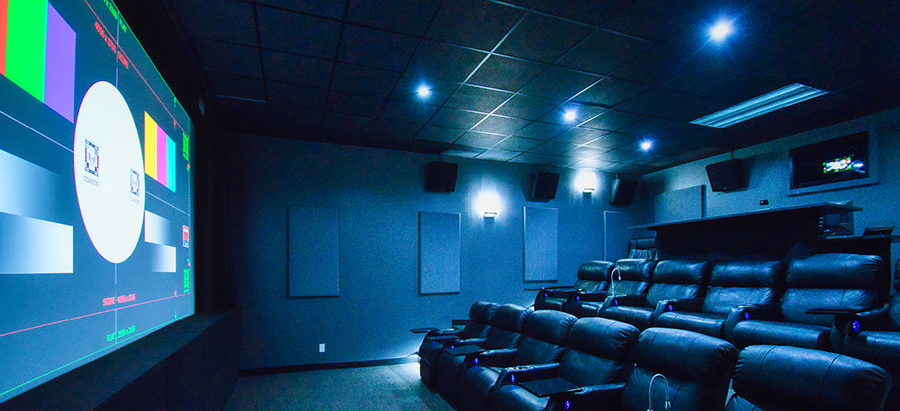
About AJA Diskover Media Edition
AJA Diskover Media Edition is the powerful, easy to deploy data management software solution designed to let users take control of storage, across the entire organization, regardless of where it is physically located. It enables high-speed, cutting-edge searches, cost analysis, tagging and other sophisticated tools to empower all levels of an organization to make more informed data decisions, enhancing the company’s file-based production line and its monetization - all from a simple web-browser based user-interface. Efficiently curate existing assets, empower your workforce and never lose a file again with AJA Diskover Media Edition www.aja.com/aja-diskover-media-edition
About AJA Video Systems
Since 1993, AJA Video Systems has been a leading manufacturer of cutting-edge technology for the broadcast, cinema, proAV, and post production markets. The company develops a range of powerful, flexible video interface and conversion technologies, digital video recording solutions, and color management, streaming, and remote production tools. All AJA products are designed and manufactured at our facilities in Grass Valley, California, and sold through an extensive sales channel of resellers and systems integrators around the world. For further information, please see our website at www.aja.com.
All trademarks and copyrights are property of their respective owners.
Media Contact:
Katie Weinberg
Raz Public Relations, LLC
310-450-1482, aja@razpr.com
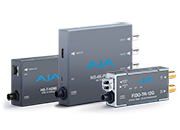 Mini-Converters
Mini-Converters
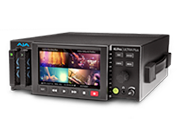 Digital Recorders
Digital Recorders
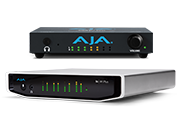 Mobile I/O
Mobile I/O
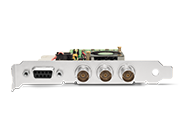 Desktop I/O
Desktop I/O
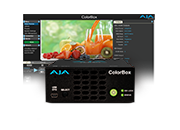 Color
Color
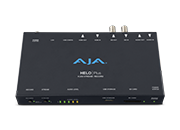 Streaming
Streaming
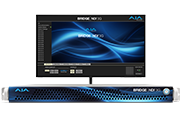 IP Video/Audio
IP Video/Audio
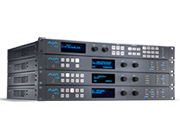 Frame Sync
Frame Sync
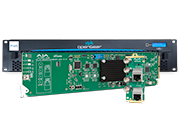 openGear
openGear
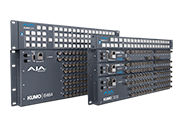 Routers
Routers
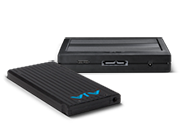 Recording Media
Recording Media
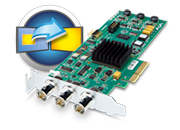 Developer
Developer
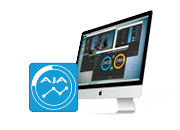 Software
Software
